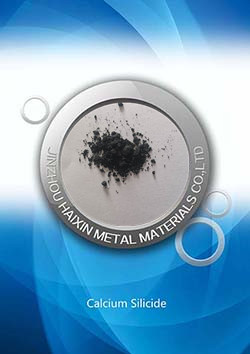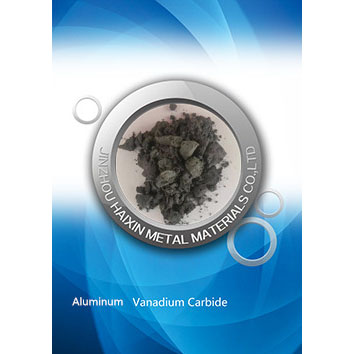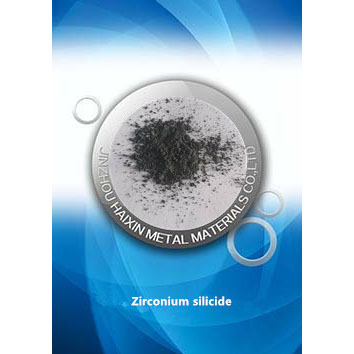Products
- Titanium Tablet
- Carbide Powder
- Nitride Powders
- Hydride Powders
- Silicide Powders
- Ti5Si3 Titanium Silicide
- TaSi2 Tantalum Silicide
- VSi2 Vanadium Silicide
- CrSi2 Chromium Silicide
- HfSi2 Hafnium Silicide
- Mg2Si Magnesium Silicide
- MnSi Manganese Silicide
- MoSi2 Molybdenum Silicide
- NbSi2 Niobium Silicide
- Ni2Si Nickel Silicide
- TiSi2 Titanium Disilicide
- WSi2 Tungsten Silicide
- FeSi2 Ferro Silicide
- ZrSi2 Zirconium Silicide
- Cu5Si Copper Silicide
- CoSi2 Cobalt Silicide
- Yttrium Disilicide,YSi2
- Calcium Silicide,CaSi2
- Boride Powders
- TiB2 Titanium Boride Powder
- TaB2 Tantalum Boride powder
- ZrB2 Zirconium Boride Powder
- VB2 Vanadium Boride Powder
- CaB6 Calcium Boride Powder
- CrB2 Chromium Boride Powder
- CoB Cobalt Boride Powder
- SiB6 Silicon Boride Powder
- HfB2 Hafnium Boride Powder
- AlB2 Aluminum Boride Powder
- MgB2 Magnesium Boride Powder
- MnB2 Manganese Boride Powder
- MoB2 Molybdenum Boride Powder
- NbB2 Niobium Boride Powder
- Ni2B Nickel Boride Powder
- WB2 Tungsten Boride Powder
- MoB Molybdenum Boride powder
- WB Tungsten Boride powder
- FeB Iron Boride powder
- Metal Alloy Powders
- High purity powders
- Max materials
ZrSi2 Zirconium Silicide
Haixin is one of the leading and professional ZrSi2 Zirconium silicide manufacturers in China. Providing you with good after-sales service and quick delivery, we warmly welcome you to high quality ZrSi2 Zirconium silicide at the most competitive price with us.
Send Inquiry
Product Description
ZrSi2 Zirconium Silicide


![]()






Zirconium silicide
Molecular weight: 147.39
EINECS:234-911-1
CAS:12039-90-6
Character: grey square crystalline powder
Density (g / ml, 25 ℃): 4.88
Melting point (OC): 1620
Lattice constants: a = 0.372nm, B = 1.476nm, C = 0.367nm.
Microhardness (kg / mm2): 1063
Heat of formation (kJ / mol): 62.8
Function and application: used as raw material powder of fine ceramics,
crucible for production of semiconductor film, carbon ceramic brake pad
and brake disc. The mass fraction of zirconium disilicide is 10-15%.
Adding this mass fraction of zirconium disilicide into the ceramic
matrix composites can significantly reduce the sintering temperature
of the materials.
Study on elasticity and anisotropy of zirconium silicide
The compounds formed by metal and silicon are metal silicides, which
can be divided into two categories: 1. Refractory metal silicides
refer to the periodic table IVB, VB, The silicides of VIB group elements,
such as titanium silicide, zirconium silicide, tantalum silicide,
tungsten silicide, etc., 2 precious metal and near precious metal silicide,
silicide target, platinum silicide, cobalt silicide, etc. in a word,
metal silicide is relatively hard material with metallic luster, high
conductivity, positive resistance and humidity coefficient, and magnetic
and refractory metal silicide in most cases It has high melting point,
hardness and compressive strength, high creep strength at high temperature,
medium density, tensile strength and good temperature mechanical properties.
The reaction between metal and silicon reduces the activity of metal.
Therefore, the chemical stability of silicides is quite good. The refractory
metal silicides with high silicon content have good corrosion resistance
and oxidation resistance at room temperature and high temperature Disadvantages
of chemicals: it is brittle at room temperature, low impact toughness and
insufficient thermal shock resistance. The physical and chemical properties
of metal silicides entitles them many uses. First of all, silicides as
high-temperature structural materials have good application prospects in
aviation, aerospace, chemical industry. As high-temperature oxidation resistant
coating, magnetic materials, integrated circuit electrode film and other
functional materials, silicides have been widely studied and applied.
For example, fe2si ordered alloy has excellent Soft magnetic properties,
widely used in audio, video and magnetic head materials for card reader;
such as v2si, CoSi2, Mo2Si, because of its excellent electrical conductivity,
v2si is the first superconductive A15 phase found, its critical transition
temperature is 17.1k; MoSi2 is widely used as the heating element of high
temperature electric furnace because of its excellent conductivity and
excellent oxidation resistance Like the high-temperature oxidation-resistant
coating used in aerospace, metal silicide plays a very important role in the
manufacturing of electronic devices. Because the resistance of silicide is
lower than that of polysilicon, and the interface between silicide and silicon
substrate is atomic level clean interface with good compatibility, it has been
widely used as Schottky barrier and interconnection material in microelectronic
manufacturing industry.








